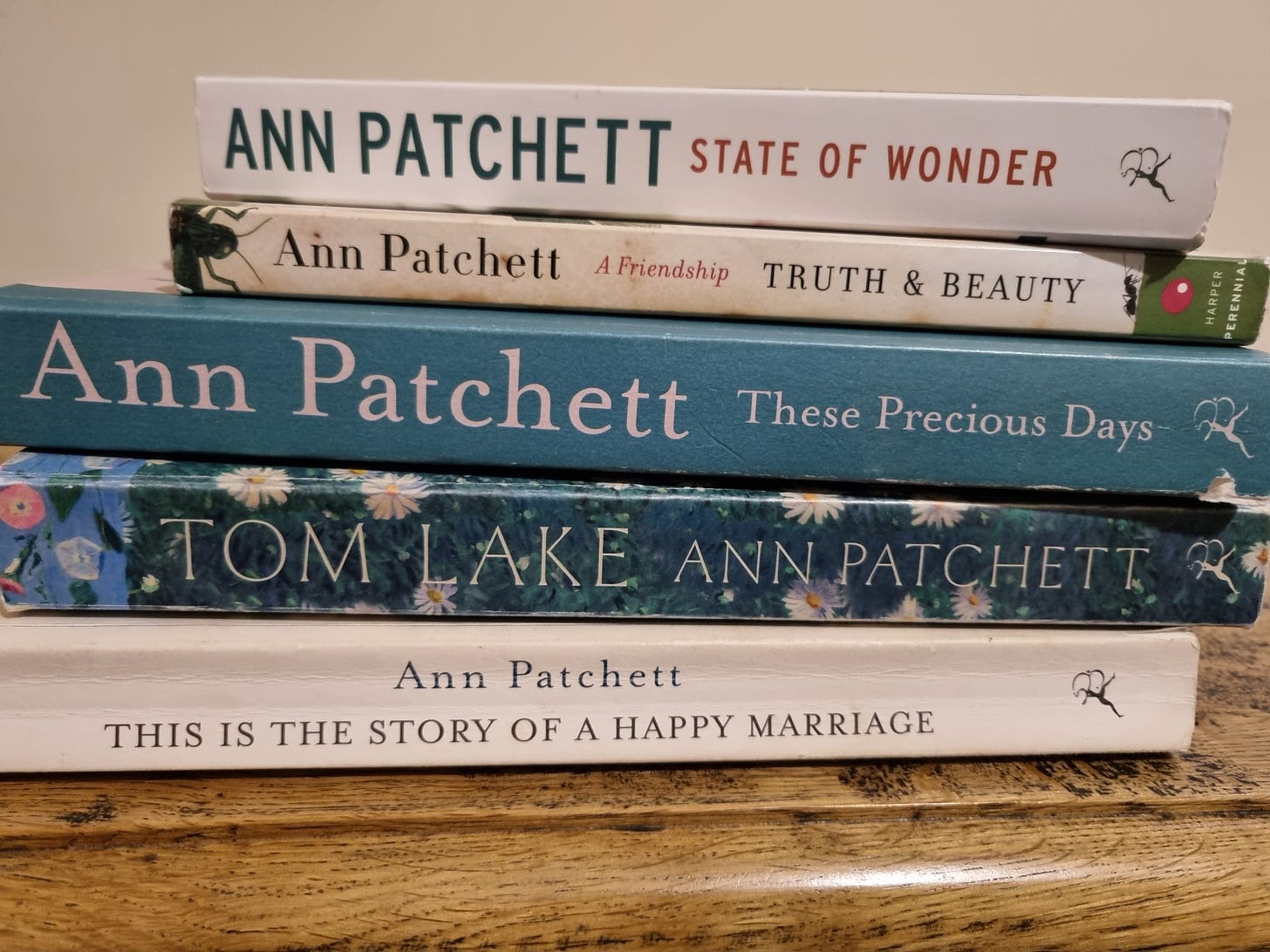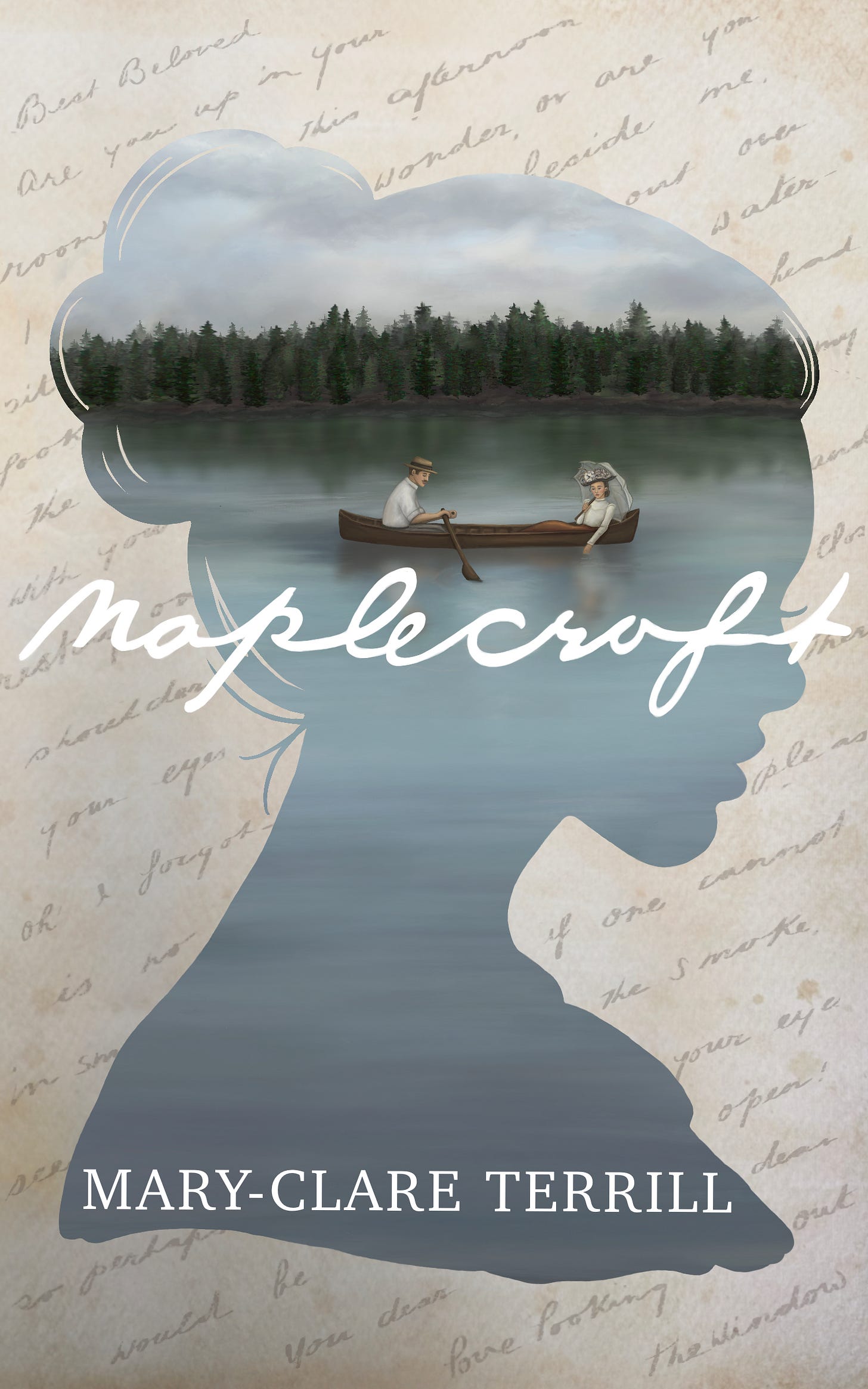This week I presented an author talk at my local library, discussing my debut historical romance novel, Maplecroft, and my indie author journey.
What an absolute privilege it is to gather with other book lovers, writers, and history enthusiasts to talk about books and writing! (Check out my instagram for photos of the event).
It was such a beautiful experience to engage with so many passionate individuals; many, emerging writers seeking advice on the genre and the craft. I left the event on such a high and even awoke in the night, buzzing with excitement.
Another effect of this experience — one that I am especially grateful for — is that engaging with these emerging writers has helped me to refocus The Write Read: to use this space in the way it was intended. That is, to offer bite-sized creative writing lessons through examining literary works I admire and analysing how authors skilfully tell their story.
So, to start us off and offer a taste of what is to come, I include an article I wrote outlining some of the many lessons found in Ann Patchett’s work — My absolute favourite author.
Lessons Learned from Ann Patchett’s Work
A guide to what this writer absorbed from reading her favourite author, previously published on Grattan Street Press
By Mary-Clare Terrill
Ann Patchett's writing has been a constant throughout my writing career. Each work offering some greater lesson to shape my own process and style. I have read Patchett’s books in awe. Patchett’s work is like life in literature. Smooth, flowing, honest, the mechanics unseen: the seamless writing every author hopes to convey. Yet, this sense of effortlessness could only be achieved with effortful craftmanship. Patchett’s dedication to her craft has been an inspiration to me.
In This Is the Story of a Happy Marriage, a text that fuelled and inspired my writing, Patchett writes:
‘What begins as something like a dream will in fact stay a dream forever unless you have the tools and the discipline to bring it out.’
So, what tools have I taken from Patchett’s work? What disciplines have I learned?
Plot within atmosphere
There are endless features to unpack in analysing what makes Patchett’s work great, not least the advancement of the plot whilst establishing the world of the story. In Commonwealth:
‘It was everything, the pale pink of her mouth in the darkened pink room, the door that was closed now though he didn’t remember closing it, the smell of her perfume which had somehow managed to float gently above the familiar stench of the diaper pail.’
By grouping key details, Patchett evokes a sense of mood and atmosphere. This quote also demonstrates a smooth transition of action with the simple embedded use of the word ‘now’. Another example from Commonwealth uses those techniques to show the progression of a party:
‘The room was over-warm and the detectives had their jackets off now, showing the service revolvers clipped to their belts or holstered under their arms.’
The detectives revealing their guns signifies the situation becoming hazardous, compounded by the flowing of liquor. Here, Patchett’s words create a layering effect. Not simply the progression in time, but also a change in mood and tone. This quote is an example of ‘showing’ rather than ‘telling’.
Pace and time
Another lesson in Patchett’s work is the question of pace. In my earliest attempt to write long fiction, I struggled with the mechanics of sequencing events: moving forward in time, shifting a character from one room to the next, understanding which details were necessary and which could be left out. Pacing is a skill to be mastered. The natural ebb and flow between action that should be skirted over and more significant action that should be drawn out for greater effect. Again, in Commonwealth, Patchett writes:
‘He closed his eyes and kissed her until the spark he had felt in his fingers when he touched her hand in the kitchen ran the entire shivering length of his spine.’
Focussing on the physical touch between characters—and how each responds—adds weight to the scene and supports their characterisations: him as infatuated, her as semidetached, an action fuelled by alcohol.
Voice and character
In trying to identify the type of writing agents and publishers prefer, I discovered a strong sense of voice is often considered essential, particularly in character-driven fiction. The voice, and therefore the character, should feel immediate. The language should be constructed to remove distance between the reader and the subject.
In the opening scene of The Dutch House, Patchett conveys a sense of character without slowing the action:
‘“Privacy,” I said, though at eight I had no notion of privacy. I liked the word, and I liked the boxed-in feel the draperies gave when they were closed.’
From this, we have a sense of character. We know the narrator is someone who appreciates language and time alone, as well as feeling safe and secure—a feeling that is, perhaps, otherwise absent.
This ability to weave in a succinct sense of character is difficult. Early career writers often include too much backstory too early. Patchett’s work demonstrates the development of ‘fully formed’ characters, injected with a genuine ‘humanness’, as she explores relationships: familial relationships, relationships between strangers, lovers or friends. It is easy to identify with Patchett’s characters because we are all imperfect humans. In This Is the Story of a Happy Marriage, Patchett writes:
‘In my books, I make up the experiences and the characters, but the emotional life is real. It is my own.’
This quality of Patchett’s writing, her ability to step into her characters’ emotional states, enables her work to reflect real life. And it is this authenticity, I believe, that readers and writers seek year after year, to understand how Patchett mirrors life so effortlessly.
Just write . . .
In her essay The Getaway Car: A Practical Memoir about Writing and Life, Patchett’s greatest advice to aspiring and emerging writers is simply to ‘Stack up the pages. Learn to write by writing.’ I have lived by this mantra since beginning a regular writing practice, its truth in evidence by the improved quality of my work. Every year, every draft, I feel closer to ‘the dream’.
Patchett’s story is built on hard work. It is one of tireless writing and daydreaming, while working a day job in the early days, of an unwavering commitment to the craft (evidenced too in her eventual co-ownership of Parnassus Books, Nashville). It was only a matter of time before luck would follow.
Fiction or non-fiction, I depend on Patchett’s work as well as dialogue on her life as a writer. Each experience of Patchett’s writing supports and inspires my writing journey and the many lessons I hold dear.
*
Do you have your copy of Maplecroft yet?




